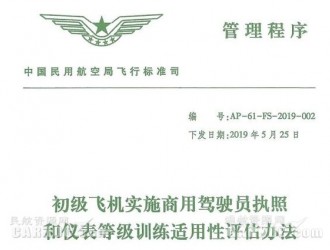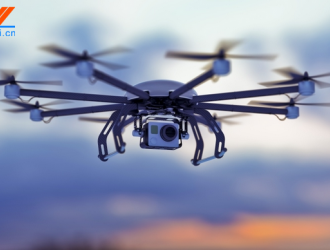
LEMOA establishes basic terms, conditions and procedures for reciprocal provision of logistic support, supplies and services between the two militaries. It includes food, water, billeting, transportation, petroleum, oils, lubricants, clothing, communication services, medical services, storage services, training services, spare parts and components, repair and maintenance, calibration and port services.
“LEMOA will certainly be seen as an Indian endorsement of the U.S. policy of a ‘pivot to Asia,” said former Indian finance minister P Chidambaram. “only time will tell which side calls upon the other side to provide logistics support and how often. That the U.S. has entered into one hundred such agreements and India has signed its first such agreement is sufficient indication of who needs it more!”
Chidambaram was part of the government that signed the first pact—the End User Verification Agreement (EUVA)—in 2009. This paved the way for U.S. military sales to India. It clarified that the U.S. would not have a unilateral right to inspect India’s military bases, and that inspection of equipment would be done according to mutual consultation.
Presently, there is no commitment by India to sign the more complex pending pacts. These are the Communications Interoperability & Security Memorandum of Agreement (CISMOA) and the Basic Exchange & Cooperation Agreement (BECA) on geo-spatial services. Both the Indian military and opposition parties have expressed their reservations that signing them would forfeit sovereignty and identify India as too close a military ally to the U.S.
A senior Indian Air Force official noted: “LEMOA is not intrusive, unlike CISMOA, which is intended to guarantee the secrecy of advanced U.S. C4ISR [command, control, communications, intelligence, surveillance, and reconnaissance] equipment on aircraft, ships and other platforms, and BECA, the sharing of sensitive data to aid targeting and navigation. LEMOA is important as it can help both U.S. and Indian military to tap spares support and logistics.” He added that LEMOA is an outcome of Indian procurement of U.S. equipment. “The Americans are not going to service Russian platforms,” he added.





